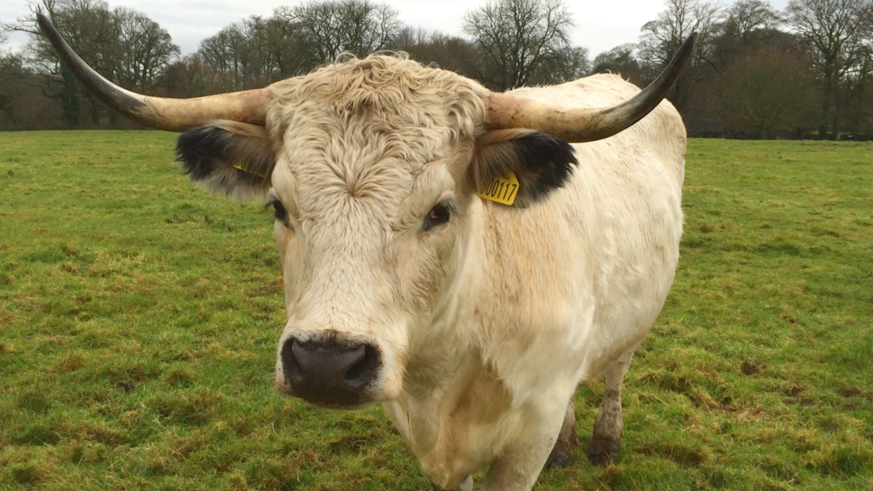The history of cattle uncovered
18 September 2018

Scientists from Cardiff University have analysed over 50,000 genetic markers and explained how cattle became domesticated throughout history.
New research by the School of Biosciences has investigated how the two main groups of cow became domesticated and have put several theories to the test.
Dr Pablo Orozco Ter Wengel, Cardiff University, said: “Cattle are divided into two main groups, the zebuine cattle, which have a hump on their back and were domesticated in the Indus Valley, and there is also the taurine cattle, which doesn’t have a hump and was domesticated in the Fertile Crescent.
“However, there is another strand to the story of the domestication of cattle. A distinct genetic variation occurs in the taurine cattle type, found in Africa, suggesting that there could potentially be a third domestication event that took place in central-northern Africa.
“We wanted to investigate this alternative hypothesis to the domestication history of cattle, to get a clear idea of where our cattle have come from.”
The researchers looked at 50,000 genes from across the types of cattle groups, and used computer modelling to test different scenarios that could explain the domestication history of cows, focussing on whether the domestication of cows occurred in two or three events.
“Our analysis confirmed that our domesticated cows come from two sources, and disproves this alternative hypothesis.
“It also revealed that the unique genetic variation in the African cattle is probably due to a hybridization with a wild ancestor of cattle called ancient African Aurochs, which no longer exist.
“This study has shed light on the history of our cattle, and has disproved the alternative hypothesis of how the two groups of domesticated cattle were formed,” said Professor Mike Bruford from Cardiff University.